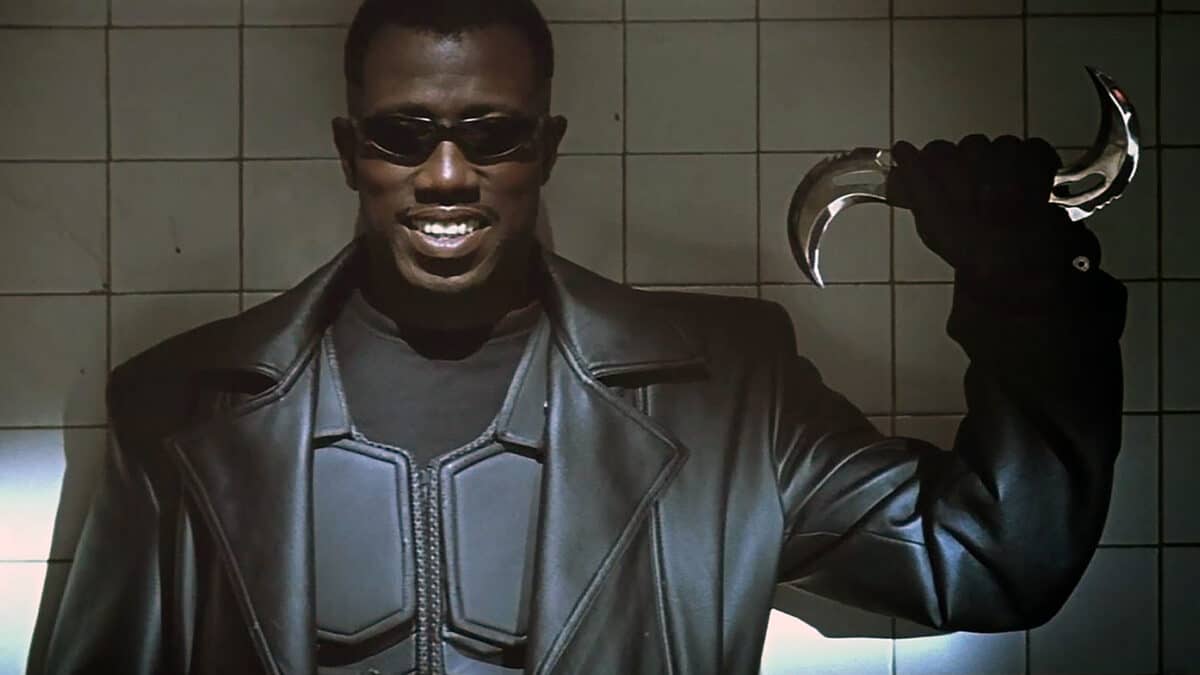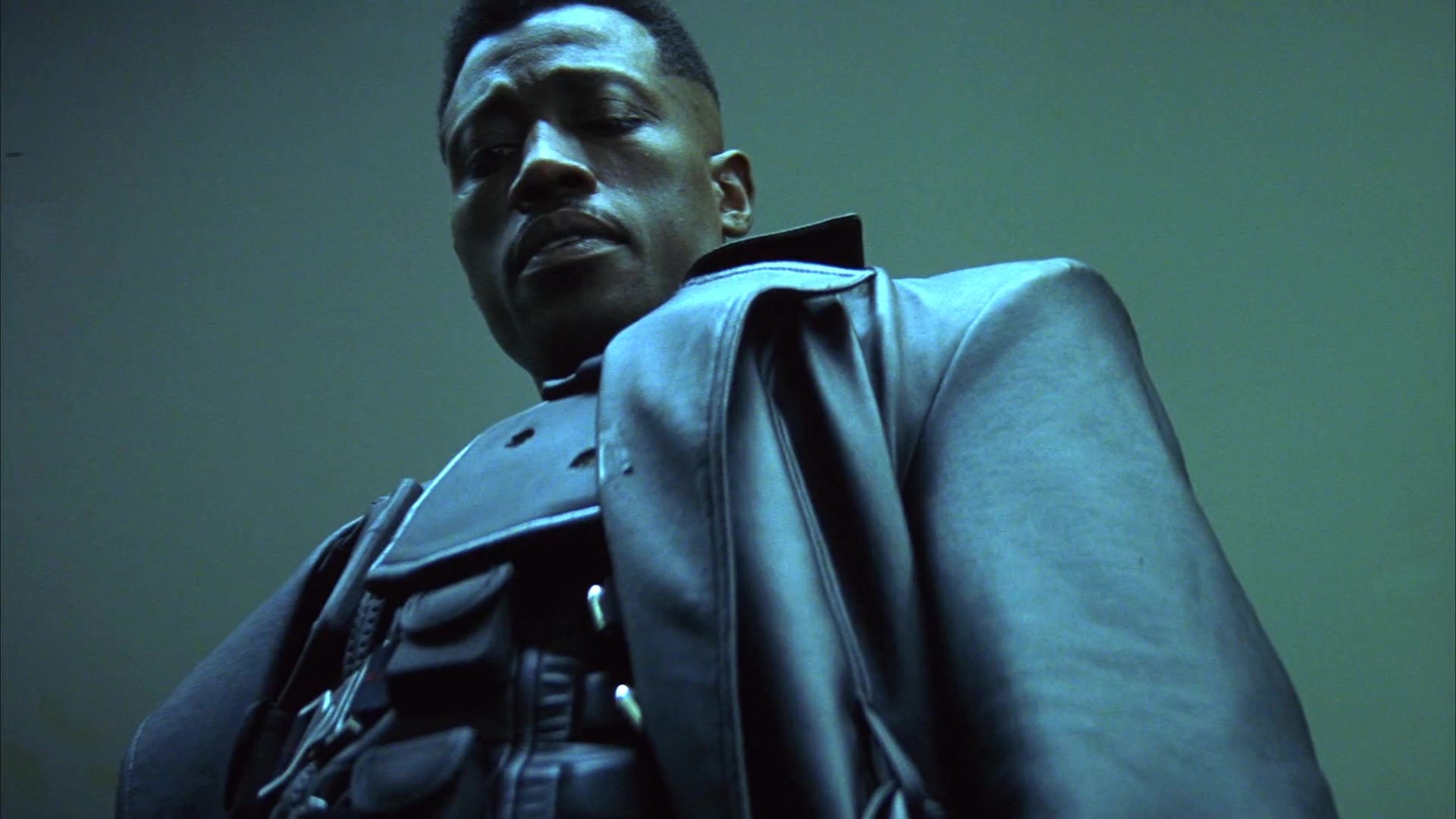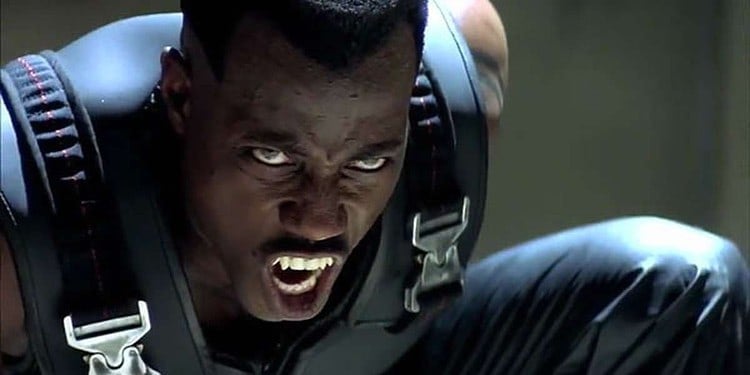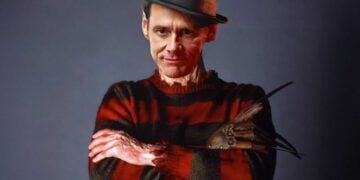Sometimes the most important hero doesn’t wear spandex, swing from webs, or wield a billion-dollar hammer. According to comedian Godfrey, Stan Lee himself admitted that Wesley Snipes’ Blade quite literally saved Marvel from bankruptcy. Yes, before Robert Downey Jr. made Tony Stark a household name and before Kevin Feige was anything more than a production assistant on You’ve Got Mail, the Daywalker was keeping Marvel alive.
In a now-viral video, Godfrey recalled hanging out with Stan Lee in his Santa Monica office when the Marvel icon was 89. “I’m sitting there talking to Stan Lee… I can’t believe I’m talking to the man who created Spider-Man,” Godfrey said. “He had a big picture of Wesley Snipes, Blade. He goes, ‘Yeah, Wesley Snipes… Wesley saved Marvel. We were going bankrupt. If it weren’t for Wesley Snipes in 1999, we would have been in bankruptcy.’”
Think about that for a second. Marvel’s cinematic history before Blade wasn’t exactly promising. Their biggest effort had been the 1986 disaster Howard the Duck. After that came a string of misfires: The Punisher (1989), a direct-to-video Captain America (1990), and the infamous Fantastic Four (1994) that never even made it to theaters. By 1996, Marvel filed for bankruptcy. Things looked bleak.

Then came Snipes in a leather trench coat. Released in the summer of 1998, Blade cost around $30–45 million to make and ended up grossing $131 million worldwide. That’s nowhere near the billions Marvel movies make today, but back then it was proof audiences would actually pay to see a Marvel character on screen. It was R-rated, unapologetically violent, and cool in a way few comic book films had managed before.
Even better, Blade wasn’t a household name. Created in 1972 by Marv Wolfman and Gene Colan for The Tomb of Dracula #10, he was a C-lister at best. David S. Goyer’s script reinvented him as the Daywalker — a half-human, half-vampire hybrid with all the strengths of a vampire and none of the weaknesses. That alone was enough to push him past “obscure comic book hunter” and into cinematic legend.
Godfrey also made a larger point about Black talent keeping entertainment companies afloat. He listed off examples: “In Living Color saved Fox. Michael Jackson saved the Super Bowl halftime celebration. Empire saved Fox again. Black people sell.” His point rings true — without Snipes, Marvel’s story might have ended before the MCU even began.

The movie itself holds up surprisingly well 25 years later. The infamous blood rave opening? Still one of the best introductions for a comic book character. The brutal action mixed with dry humor? Way funnier than forced MCU quips. And that industrial, lived-in world Steven Norrington created feels more tangible than much of the CGI-heavy stuff Marvel puts out today.
Blade’s success encouraged studios to take a gamble on Marvel properties. Soon after, Fox scooped up X-Men and Sony grabbed Spider-Man. Without those early wins, there’s no Iron Man in 2008, no Avengers assembling in 2012, and definitely no Endgame shattering box office records.
So, what’s the most influential Marvel film ever made? You could argue for Avengers or Endgame, but the truth is simpler: without Blade, there is no Marvel as you know it today.








